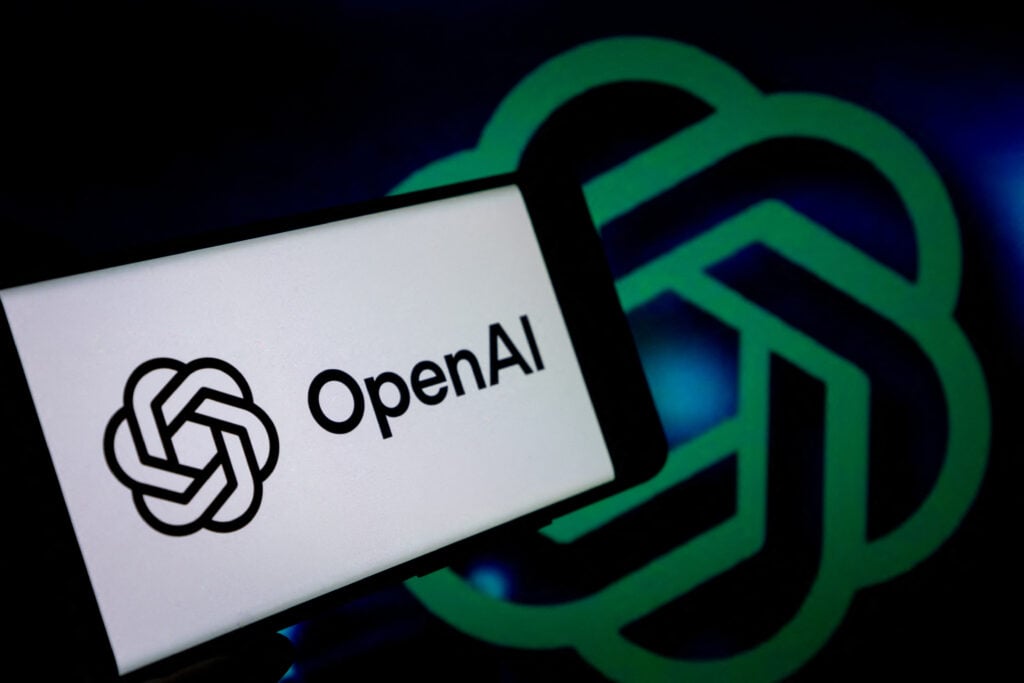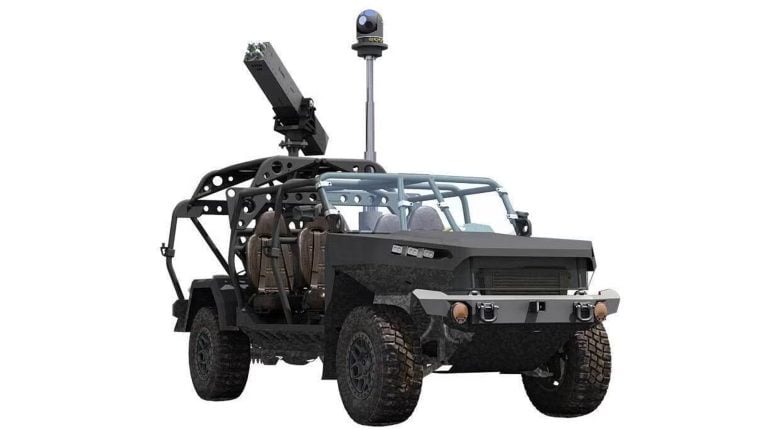The U.S. Department of Defense has entered into a significant partnership with OpenAI, approving a contract worth $200 million to leverage generative artificial intelligence for military applications. The contract aims to facilitate the development of prototype AI capabilities designed to tackle pressing national security issues spanning both combat and administrative spheres.
According to the Department of Defense’s announcement regarding awarded contracts, OpenAI’s role will focus on enhancing various operational aspects within the military. These advancements are expected to improve critical services, including healthcare access for service members and bolster cyber defenses. OpenAI emphasized that their use of AI in military contexts will align with their established usage guidelines.
This partnership marks the initial collaboration under OpenAI’s initiative aimed at integrating AI technologies within governmental operations. The startup’s intention is to showcase how advanced AI can revolutionize not only military processes but also enhance efficiency in administrative tasks.
The defense sector has become an attractive arena for major tech firms, with several industry giants, including Meta and Palantir, actively pitching their AI solutions to military organizations. OpenAI’s entry into this field aligns with a broader trend where tech companies are increasingly providing tools and technologies that could reshape defense strategies.
Furthermore, OpenAI recently partnered with Anduril Industries, a defense tech startup noted for its focus on security missions. This collaboration aims to harness the capabilities of OpenAI’s AI models alongside Anduril’s military technology suite, particularly in strengthening defenses against unmanned aerial systems, including drones.
In a previous statement regarding these initiatives, OpenAI’s CEO, Sam Altman, expressed a commitment to ensuring that AI technologies are developed to benefit a wide array of users, while also endorsing U.S.-led initiatives that promote democratic values within the technological landscape.

















